We have written all you need to know about censorship resistance, How censorship affects traditional systems, Anti-censorship features in blockchain, How Bitcoin achieves censorship resistance, and Challenges and future of censorship resistance in blockchain technology in this comprehensive guide.
Let us begin
Censorship Resistance: What is it?
Censorship resistance is the capacity of a system, typically a communication or information distribution network, to fend off attempts to filter, modify, or halt the flow of information.
In the context of digital technology, it usually refers to decentralized systems—like social networking sites, cryptocurrency systems, or encrypted communication tools—that operate without a central authority or control. These systems distribute control among multiple participants and encrypt communications to guarantee free flow of information even in the face of censorship attempts.
Systems that are impervious to censorship are crucial for upholding the freedom of speech, granting access to information in authoritarian regimes, and fostering innovation by preventing arbitrary restrictions on communication and expression. They are an effective tool for promoting democracy, human rights, and the free exchange of ideas in the digital age.
The Impact of Censorship on Established Systems
In conventional systems, censorship distorts history, suppresses free speech, and upholds power imbalances, all of which threaten the foundations of established institutions.
First off, it curtails the freedom of speech, which is vital to a lot of traditional societies. When voices are stifled, ideas stagnate, hindering the growth of culture and thought. In traditional systems where oral traditions and storytelling are vital, censorship can obstruct the transmission of knowledge and values from one generation to the next, eroding societal cohesiveness.
In addition, censorship often maintains the power structures inherent in established hierarchies. Those in positions of authority tighten their grip on the narrative by deciding what information is appropriate, which silences dissenting voices, stifles critical thought, and upholds long-standing imbalances.
Furthermore, censorship has the ability to distort historical narratives, changing how people view the past and how society remembers it. Governments and other organizations have the power to influence public opinion through limiting information availability, concealing unsettling facts, and endorsing a skewed narrative of events.
For example, during the 2008 financial crisis, there was a form of censorship going on when risk professionals played down or ignored their warnings about the dangers of subprime mortgage-backed securities within financial institutions. The real hazards were not fully disclosed, which contributed to the property market bubble and eventual bust.
Blockchain’s Anti-Censorship Features
The blockchain technology offers several anti-censorship features that are essential for preserving free speech and information sharing.
It’s important to keep in mind that blockchains, despite their strong anti-censorship features, have limitations. It’s possible for governments or other powerful institutions to try and restrict network access or even create more strictly regulated, permissioned blockchains. Nonetheless, blockchains’ basic design makes them a useful tool for promoting open communication and honest information exchange.
Blockchain’s anti-censorship features include:
Dispersion
Blockchains differ from traditional systems in that they are based on a distributed network of computers, or nodes, rather than central authorities. This suggests that no one entity has total authority over the network, which makes content removal and filtering difficult.
Unchangeable ledger
On the blockchain, data recorded cannot be later altered or withdrawn. Because each link in the chain has a cryptographic hash of the one before it, data integrity is guaranteed and manipulation is prevented. This immutability feature makes it extremely difficult for information censors to alter.
Openness
On public blockchains, all network users have access to all data and transactions. Attempts at censorship are prohibited due to this transparency, which makes data modification evident.
The use of encryption
Blockchains often employ robust encryption techniques to safeguard transactions and communications. Data privacy and integrity are protected by this encryption, making it more difficult for censors to intercept or change data without authorization.
Consensus-building Techniques’ Function in Censorship Resistance
For decentralized systems, such as blockchain networks, to withstand censorship, consensus methods are necessary.
These systems enable participants to mutually agree on the accuracy of transactions or information without relying on a central authority. Consensus approaches need wide agreement across network nodes, making it very difficult for a single party to filter or manipulate data.
For example, in proof-of-work (PoW) consensus methods, miners compete to solve difficult cryptography puzzles in order to validate transactions and add them to the blockchain. From an economic and logistical perspective, censorship is not possible due to the decentralized validation process, which prevents any one entity from controlling the network.
Similar to this, the basis of proof-of-stake (PoS) and other consensus techniques for achieving censorship resistance is distributed decision-making processes. By distributing authority among network users and rewarding honesty, consensus mechanisms uphold the principles of decentralization and resistance to censorship, fostering trust and security in decentralized networks.
How Bitcoin Achieves Censorship Resistance
Because of its decentralized governance, pseudonymity, and decentralized consensus mechanism, Bitcoin is able to overcome attempts by centralized authorities to censor it and preserve the immutability of its transactions.
Miners compete in the Bitcoin network to validate transactions by resolving challenging mathematical puzzles and add them to the blockchain. Censorship becomes a difficult task because the network cannot be dominated by one party. Filtering a transaction would require processing loads greater than the network could handle, which becomes increasingly challenging as the network gets larger.


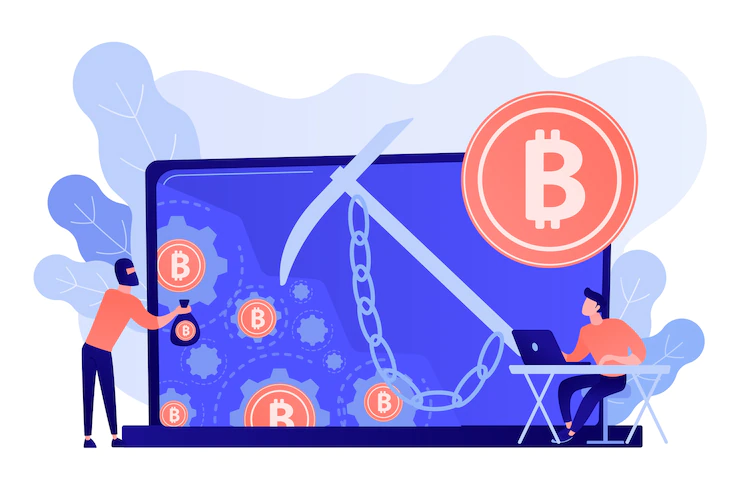
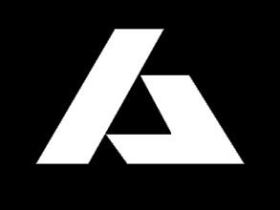
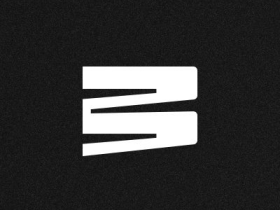




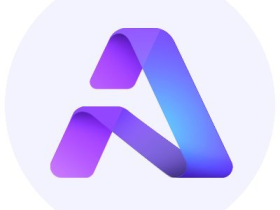

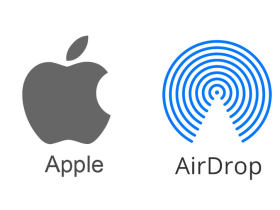

Leave a Reply